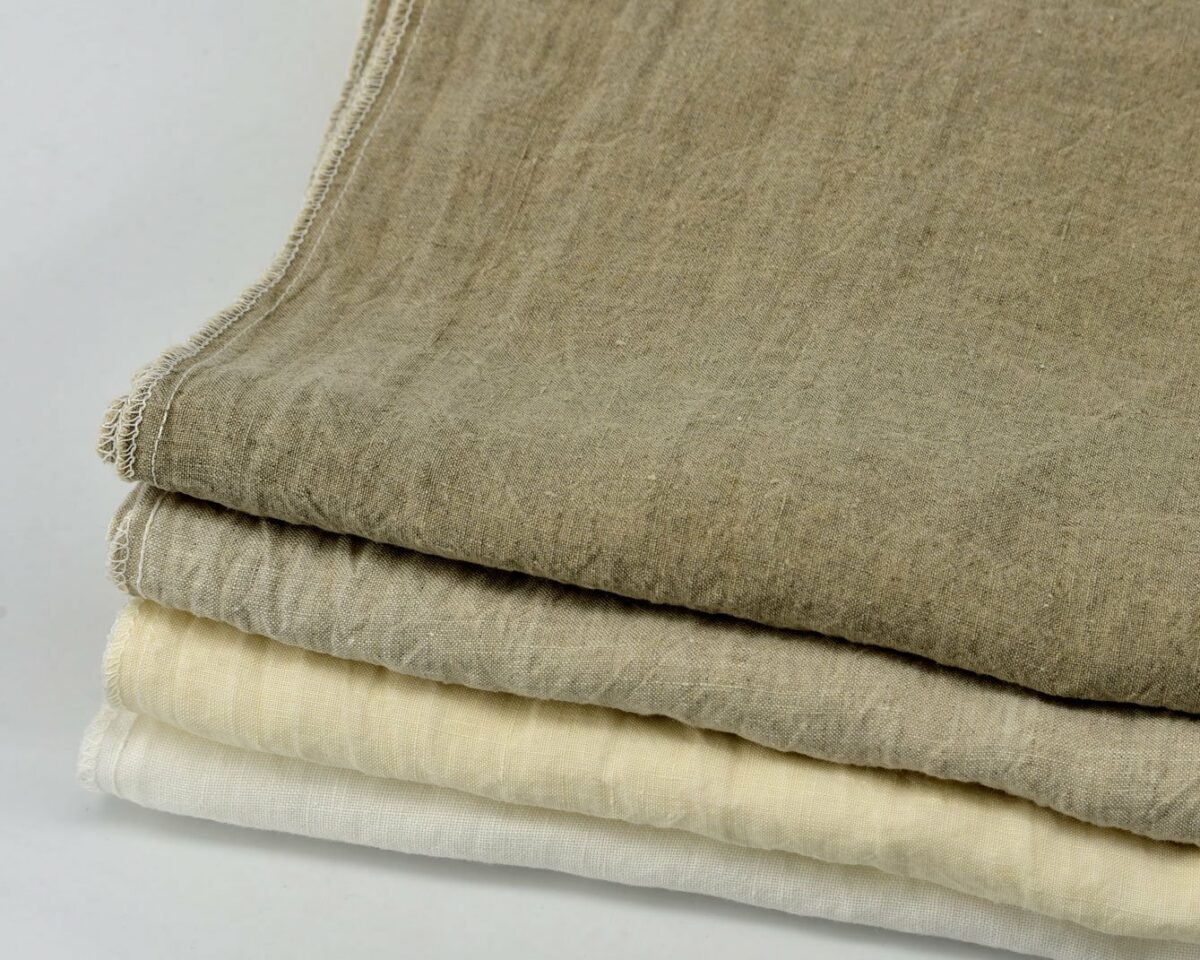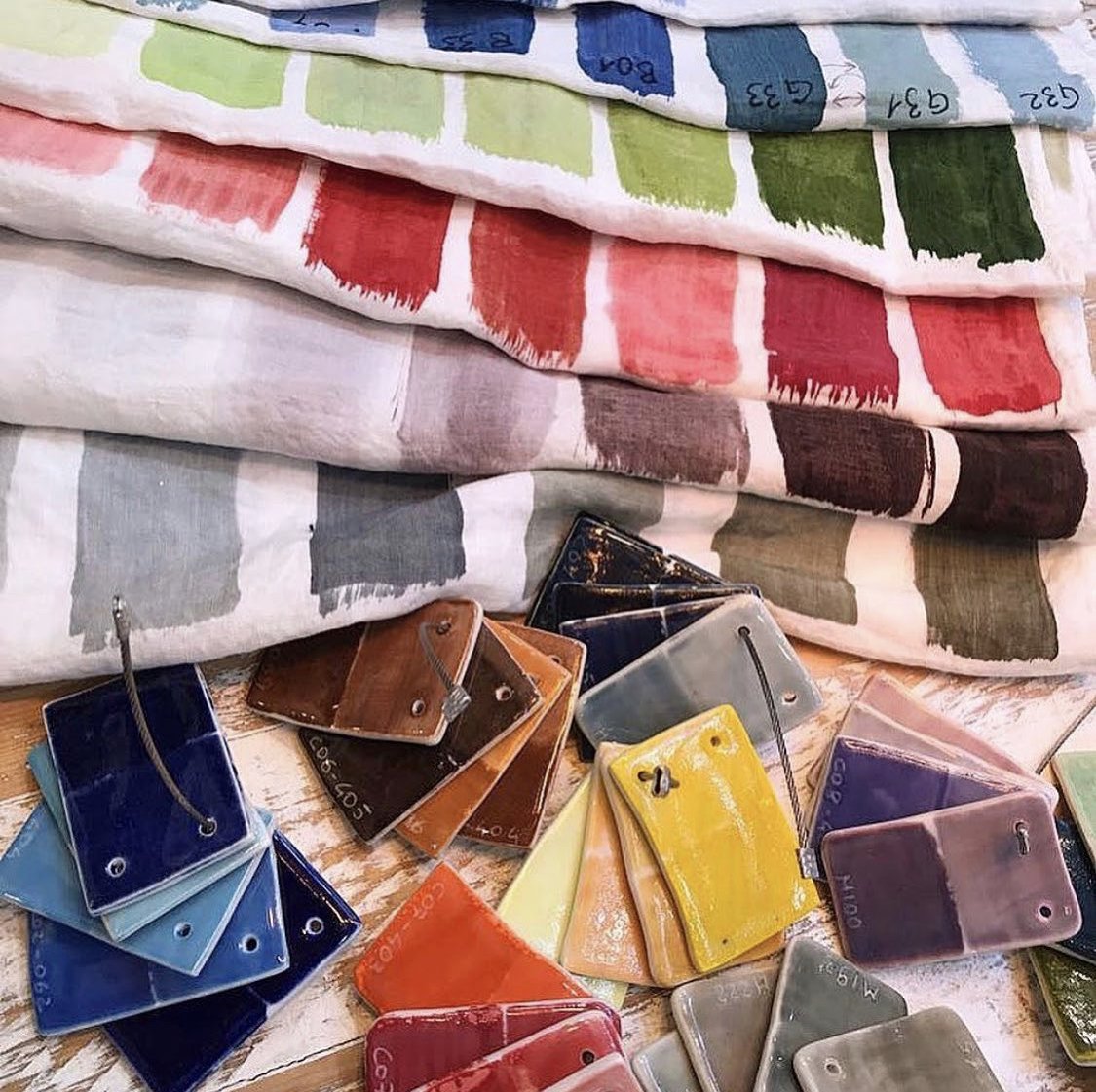News
The traditions of the Italian Carnevale
The Carnevale of Italy – sometimes known as martedí grasso – is one of the most well-known celebrations in the world, and one of the favourites of ALLÓRA. Taking place 40 days before Easter, the carnival acts as a final celebration before Ash Wednesday and the abstinence normally seen during Lent. The joyous celebrations features parades and parties, as well as pranks, which have led to the saying “a carnevale ogni scherzo vale”, or “anything goes at carnival”.
Carnival locations in Italy
There are many carnival celebrations in Italy, but there are some that are more famous than others. Perhaps the most well-known is the carnival in Venice, which features beautifully hand-crafted masks. Though its origin cannot be determined exactly, the carnival of Venice is said to have started from a war victory by the Serenissima Repubblica against Ulrico di Treven in 1162. Though it was not always held because of changing laws on the wearing of masks, after 1979 the Italian government decided to revive the historical and cultural beauty of Venice and reintroduced the carnival on a yearly basis.
The carnival set in Viareggio is one of the more famous celebrations within Italy itself, with a giant spectacle created with parades complete with floats and shows. Cultural initiatives include tutorials for creating papier-mâché and musical concerts. The carnival of 2016 takes place on the each Sunday of February, as well as the 5th of March.
Gambettola is another town in Italy that is famed for its participation in the carnival. It is well known for its elaborate carnival floats, and happens to be near the home town of the ALLÓRA team.
Famous sights
The highlight of the carnival in Venice is the competition for la maschera più bella, the most beautiful mask, which is selected by international experts. The masks of the festival are intricately made and are some of the most recognisable parts of the carnival.
There are also historical figures that appear regularly across the celebrations in Italy. One less beautiful mask is the mask of the “medico della peste”, or the Plague Doctor. Featuring a long beaked nose and often painted black, this mask originated as a way of trying to prevent the plague from infecting the wearers. It is now a common sight at the carnival celebrations. Harlequin is also another famous figure. Though the designs and colours may vary, this fun personality is seen across the celebrations, often wearing a jester’s hat adorned with bells.








